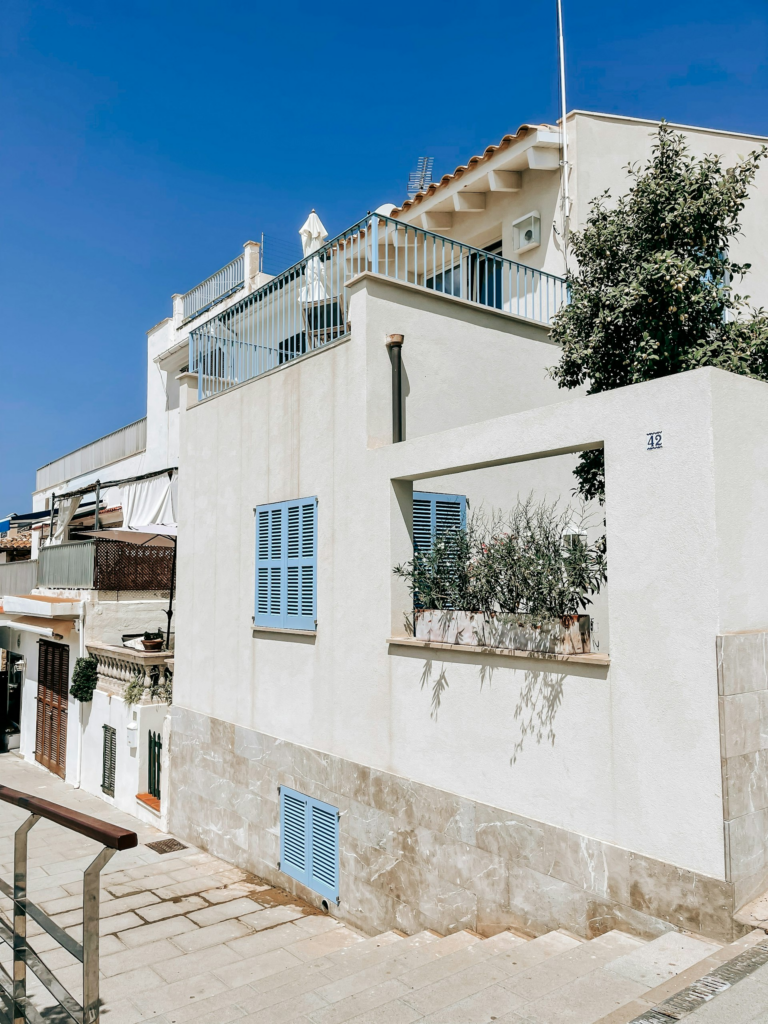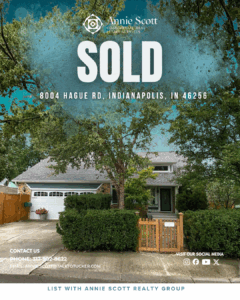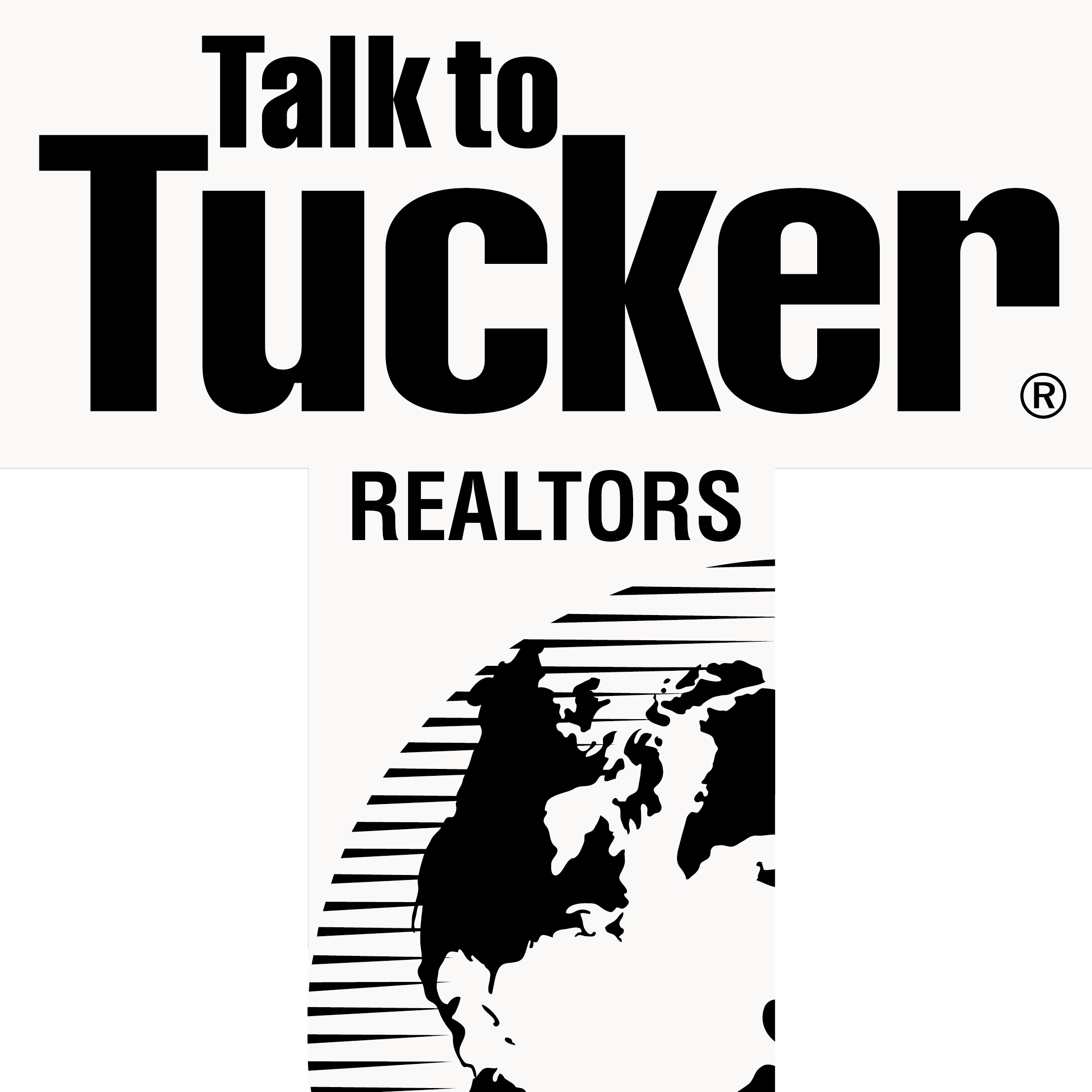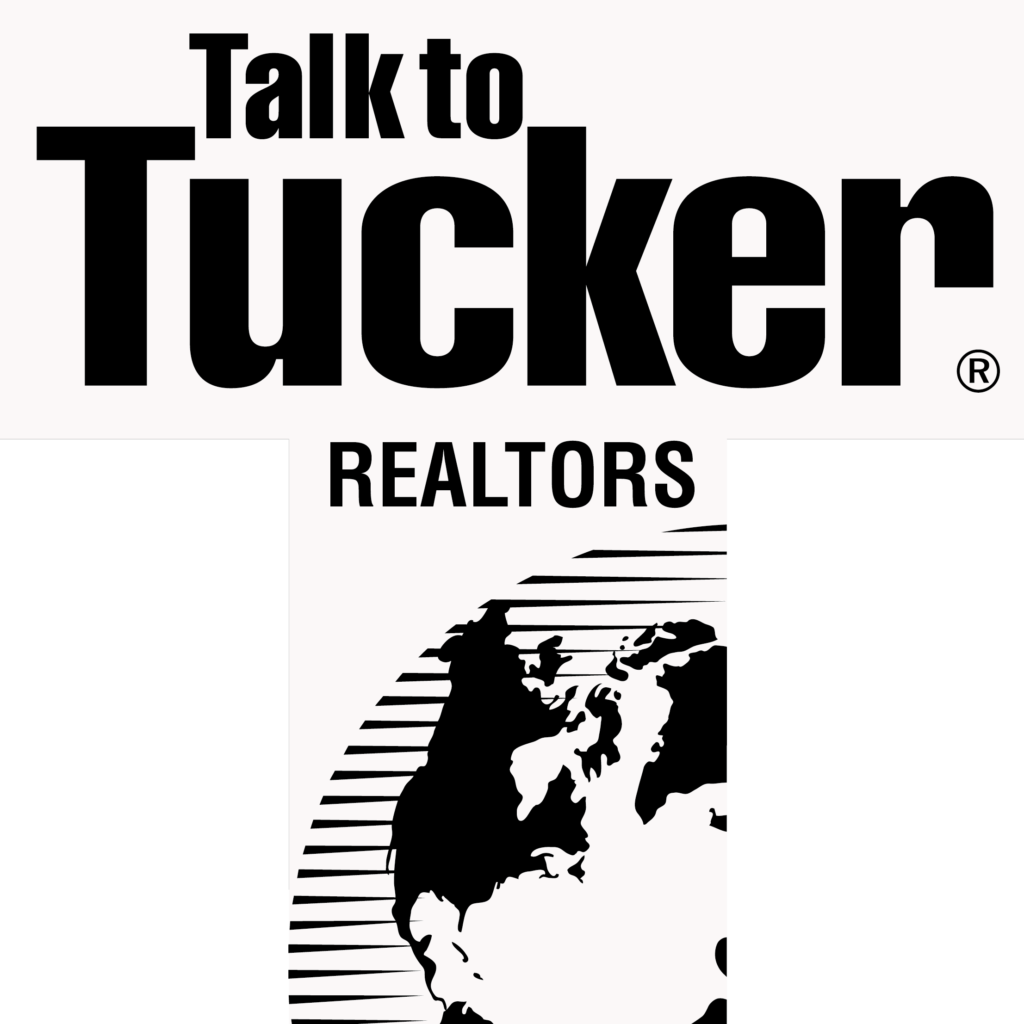
As we move into the second half of the decade, the Midwest’s commercial real estate market continues to evolve—shaped by rising interest rates, demographic shifts, remote work trends, and investor demand for stability. While some markets are adjusting to new post-pandemic norms, others—particularly in Indiana—are showing resilience and opportunity.
At Annie Scott Realty Group LLC, I specialize in helping clients navigate today’s market while positioning them for tomorrow’s growth. Here’s a breakdown of what’s ahead for commercial real estate across the Midwest in 2025—and what it means for investors, business owners, and developers.
1. Office Market: Right-Sizing and Repositioning
The Midwest is still feeling the ripple effects of hybrid and remote work. In 2025, expect continued transformation—not just downsizing, but repositioning of office assets to meet evolving demands.
Key Trends:
- Flight to quality: Class A buildings with amenities, walkability, and flexible layouts will outperform aging, single-use office properties.
- Suburban shift: Secondary office hubs like Carmel, Fishers, and Zionsville are attracting companies seeking cost-effective, employee-friendly alternatives to urban cores.
- Creative reuse: Underperforming office space is being converted into mixed-use developments, medical facilities, or multifamily housing.
Investor Insight: Look for value-add opportunities in well-located suburban office parks with the potential for re-tenanting or redevelopment.
2. Industrial: Still the Midwest’s Power Player
The industrial sector remains one of the strongest performers in Midwest commercial real estate—and that won’t change in 2025. Demand for distribution centers, small-bay flex spaces, and cold storage remains robust.
Drivers of Growth:
- E-commerce logistics and fulfillment
- Manufacturing reshoring and automation investments
- Last-mile delivery supporting same-day consumer expectations
- Onshoring supply chains—especially in automotive and tech components
Hot Markets in Indiana: Plainfield, Whitestown, Lebanon, and Fort Wayne remain strong industrial corridors with access to I-70, I-65, and regional air freight.
3. Retail: Essential and Experience-Based Concepts Thrive
Despite gloomy national headlines, retail in the Midwest—especially service-based strip centers and suburban retail—is seeing a healthy rebound. In 2025, expect continued growth in categories that are experience-anchored or non-discretionary.
What’s Performing:
- Medical, dental, and urgent care offices
- Quick-service restaurants and coffee shops
- Fitness centers, nail salons, barbershops
- Local restaurants in revitalized downtown districts
Watch for: Redevelopment of older centers and anchor tenant turnover creating opportunities for investors who know how to re-lease or rebrand strategically.
4. Multifamily: Growth in Secondary and Tertiary Cities
While big cities like Chicago may see slower rent growth or oversupply issues, smaller Indiana cities like Noblesville, Greenwood, Anderson, and Lafayette are seeing strong population growth, stable occupancy, and development interest.
Multifamily Outlook:
- Rent growth remains positive but slower than 2022–2023 peaks
- Affordable housing and workforce housing see increasing demand
- Investors are exploring adaptive reuse and small-scale infill projects
Investor Tip: Look beyond cap rate compression—value can still be found in Class B/C properties with room for renovation or better management.
5. Land and Mixed-Use: Eyes on the Long Game
Suburban growth and infrastructure projects are opening up land development opportunities in communities outside Indianapolis. Mixed-use projects, lifestyle centers, and townhome communities are rising in areas with good school districts, walkability, and new job centers.
Emerging Corridors:
- Westfield and Noblesville: benefiting from Grand Park and infrastructure investments
- Lebanon: boosted by the LEAP Innovation District
- Bargersville and Franklin: growing demand for suburban retail and residential land
Smart Moves: Land near planned developments, future highway access, or large employers may see significant appreciation in the next 3–5 years.
6. Investment Strategy for 2025: Balance, Patience, and Precision
With interest rates expected to remain steady or soften slightly in late 2025, many investors are positioning themselves to buy in Q3–Q4. The most successful buyers will be those who:
- Know their numbers: Understand cap rates, DSCR, and rent roll risk.
- Have a long-term view: Look for assets that will perform over a 7–10 year horizon.
- Stay flexible: Repositioning, rezoning, and creative reuse are key plays in this cycle.
- Lean on local expertise: Market-specific insight makes all the difference in today’s climate.
Final Thoughts: The Midwest Isn’t Just Stable—It’s Strategic
Indiana and the broader Midwest continue to offer what many investors want in 2025: affordability, reliability, and growth potential. While the market is shifting, opportunities are abundant for those who know where to look and how to act strategically.
At Annie Scott Realty Group LLC, I work with commercial clients to not only respond to the market—but stay ahead of it. From investment analysis to site selection and off-market opportunities, I provide hands-on guidance rooted in experience and integrity.
Let’s talk about your commercial goals—and how to position you for success in 2025 and beyond.
Photo Credit: Luxury Presence
Sources:
- CoStar Midwest Regional Report
- CBRE 2025 U.S. Market Outlook
- Indiana Economic Development Corporation
- NAIOP Commercial Real Estate Trends
- Local Planning & Zoning Commission Forecasts


